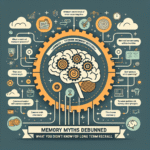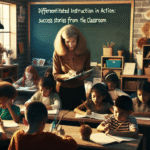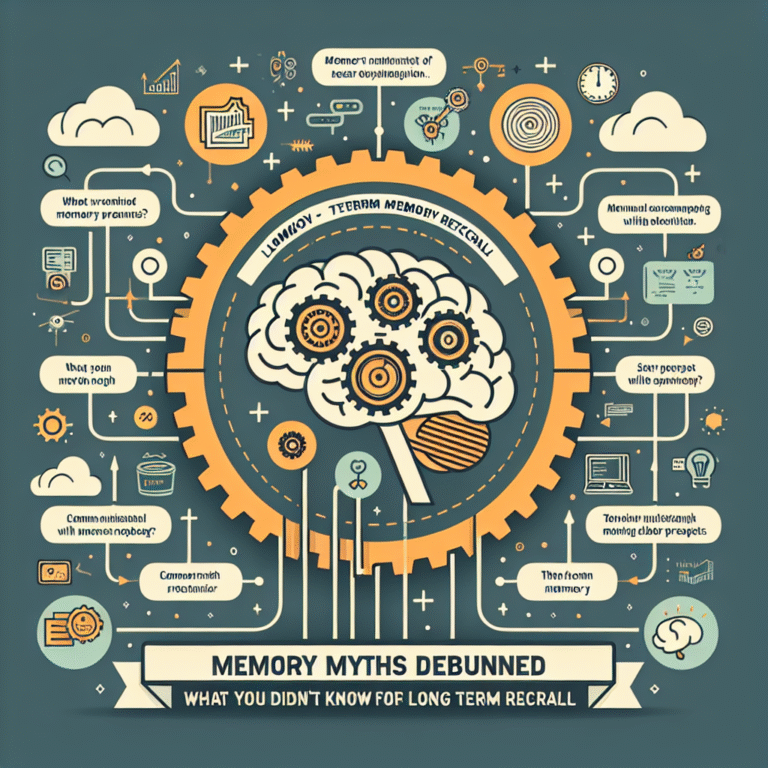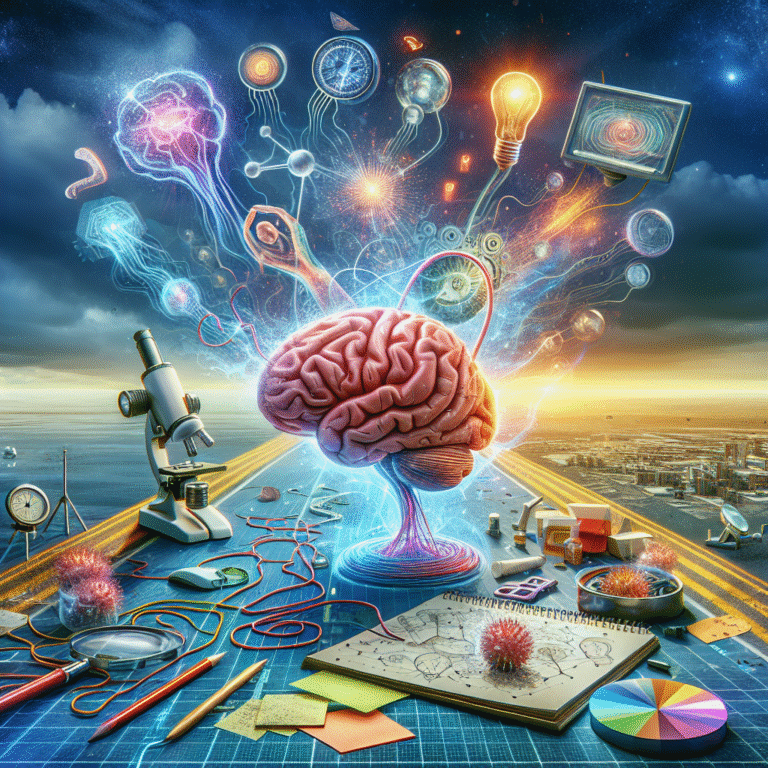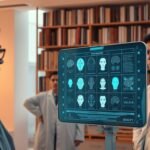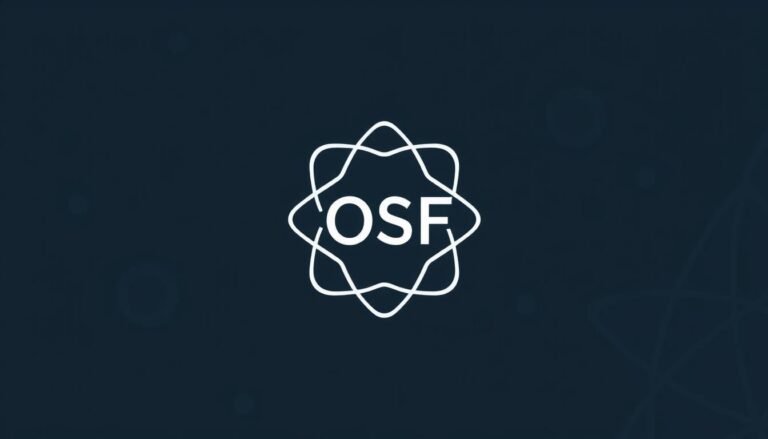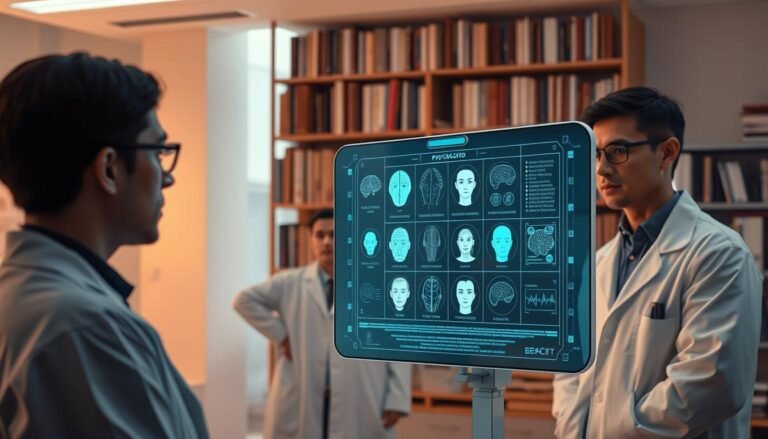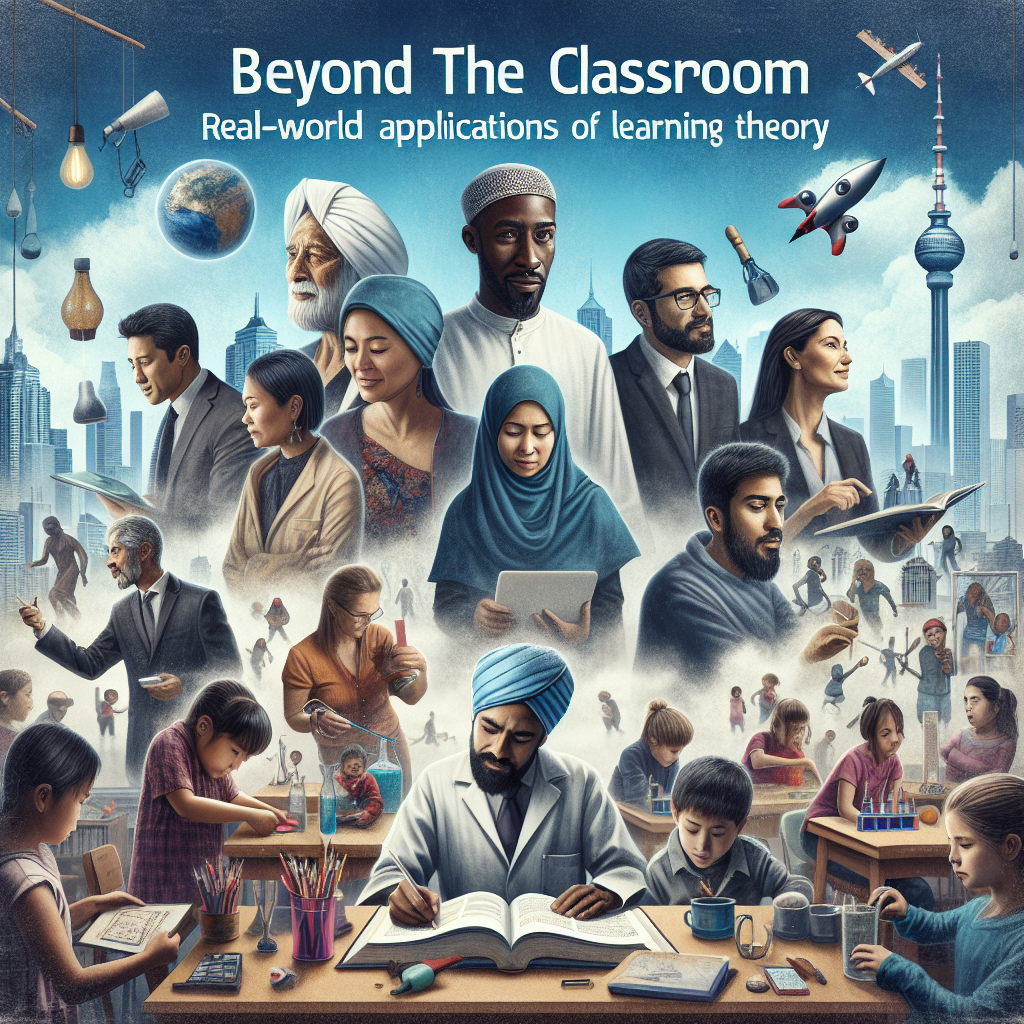
Introduction
In an era marked by rapid technological advancement and shifting job markets, the significance of effective learning strategies has never been more vital. Traditional education often falls short in preparing individuals for real-world challenges, making the exploration of learning theories beyond the classroom not just valuable but essential. “Beyond the Classroom: Real-World Applications of Learning Theory” goes beyond theoretical concepts. It extends into practical, impactful practices that are transforming lives and workplaces around the globe. With innovative case studies, we will explore how understanding and applying these theories can encourage creative solutions, drive personal growth, and ultimately shape a brighter future for learners of all ages.
Understanding Learning Theories
Before delving into real-world applications, it’s crucial to grasp the foundational learning theories that inform these practices. Here are some primary theories:
1. Behaviorism
Behaviorism focuses on observable behaviors and the responses to those behaviors through reinforcement. Classroom applications often involve positive reinforcement strategies to encourage desired behaviors.
2. Constructivism
This theory posits that learners construct their own understanding based on experiences. In a real-world context, constructivism fosters critical thinking and encourages learners to engage actively with the material.
3. Social Learning Theory
Albert Bandura’s Social Learning Theory emphasizes learning through observation and social interaction. In real-world applications, this theory underlies mentorship programs and collaborative workplace training.
4. Humanism
Humanistic approaches prioritize the whole individual, focusing on personal growth and self-actualization. This theory permeates career development programs aimed at nurturing individual potential.
Case Study: Google’s Employee Training Programs
Overview
Google, renowned for its innovative workplace culture, employs various learning theories to develop its workforce. With programs such as “Googler to Googler” (g2g), Google leverages constructivism by enabling employees to teach one another, facilitating a rich learning ecosystem.
Analysis
The g2g program not only promotes knowledge sharing but also harnesses social learning theory by encouraging collaborative learning. Employees who engage in these programs report enhanced job satisfaction and improved skills, showcasing the implications of Beyond the Classroom: Real-World Applications of Learning Theory in a corporate setting.
Table 1: Google’s Training Modalities
| Training Method | Learning Theory | Expected Outcome |
|---|---|---|
| g2g (Peer Teaching) | Constructivism | Enhanced engagement |
| Online Courses | Behaviorism | Measurable skill acquisition |
| Workshops | Social Learning Theory | Improved collaboration |
Beyond Education: Applying Learning Theories in the Workforce
Transforming Corporate Training
Many organizations today blend various learning theories to drive effective training programs. Implementing real-world applications of these theories can lead to lower turnover rates and increased employee engagement.
Case Study: AT&T’s Workforce Up-Skilling
AT&T has invested over $1 billion in up-skilling its workforce, utilizing a mix of humanism and constructivism in its training programs. Employees engage in self-directed learning, exploring areas they are passionate about while simultaneously fulfilling organizational needs.
Analysis
This approach empowers employees to take control of their learning journeys, reinforcing self-motivation and engagement, which are crucial aspects of Beyond the Classroom: Real-World Applications of Learning Theory.
Educational Institutions and Community Programs
Real-World Learning Beyond Traditional Classrooms
Many educational institutions recognize the necessity for experiential learning through community engagement and service learning. Programs are being implemented that marry learning theories with real-life challenges, allowing students to apply their knowledge practically.
Case Study: The University of Pennsylvania’s Netter Center
The Netter Center for Community Partnerships focuses on service-learning, employing constructivist principles where students work with local communities on real-world problems, gaining practical skills and enhancing social responsibility.
Analysis
This initiative not only fosters a sense of community but also illustrates how Beyond the Classroom: Real-World Applications of Learning Theory make substantial impacts on both individual student growth and community welfare.
Table 2: Benefits of Service-Learning Programs
| Benefit | Description |
|---|---|
| Skill Development | Real-world problem solving |
| Civic Responsibility | Increased engagement in community issues |
| Personal Growth | Enhanced self-efficacy and teamwork |
Technology’s Role: E-Learning Platforms
Bridging Gaps Between Classroom and Reality
The rise of e-learning platforms like Coursera and Udemy showcases how technology influences learning beyond the classroom. These platforms capitalize on behaviorism through quizzes and gamified elements to reinforce learning.
Case Study: Coursera’s Skill Certifications
Coursera partners with universities, allowing learners to earn certifications that demonstrate applicable skills. By employing social learning principles, students can engage in discussion forums, fostering collaboration and community.
Analysis
Such platforms epitomize the essence of Beyond the Classroom: Real-World Applications of Learning Theory, making education accessible, relevant, and applicable in professional settings.
Cultivating Lifelong Learning Mindsets
The Importance of Continuous Learning
As industries evolve, a commitment to lifelong learning becomes paramount. Theories like humanism emphasize personal growth, driving professionals to continually seek new knowledge and skills.
Case Study: LinkedIn Learning
LinkedIn Learning offers courses tailored to skills that are in high demand. By harnessing constructivist approaches, learners can curate their educational paths based on career aspirations, fostering a culture of continuous self-improvement.
Analysis
The applications of learning theory in such platforms help create an engaging learning experience, proving that beyond traditional education settings, there exists a wealth of knowledge and skill refinement waiting to be explored.
Conclusion
The exploration of learning theories extends far beyond the confines of traditional classrooms. As seen through various case studies and applications, understanding and implementing these theories in real-world contexts drives innovation, personal growth, and community enrichment. By prioritizing practical applications of learning, organizations and individuals can collectively contribute to a future where knowledge transcends conventional boundaries. The insights gained from Beyond the Classroom: Real-World Applications of Learning Theory invite us to continually adapt and thrive in an ever-evolving landscape.
FAQs
1. What are learning theories?
Learning theories provide frameworks for understanding how individuals acquire, process, and retain knowledge, often informing teaching and training methodologies.
2. How can businesses implement learning theories?
Businesses can integrate learning theories by adopting training programs that promote peer learning, personalized education paths, and opportunities for real-world application.
3. Why is continuous learning essential in today’s workforce?
Continuous learning equips employees with current skills and knowledge, fostering innovation and adaptability necessary to navigate evolving job markets.
4. What is the significance of experiential learning?
Experiential learning emphasizes learning through experience, allowing individuals to apply theoretical knowledge to practical situations, enhancing engagement and retention.
5. How can individuals engage in lifelong learning?
Individuals can engage in lifelong learning through online courses, workshops, reading, and networking with others in their field to stay updated and skilled.


